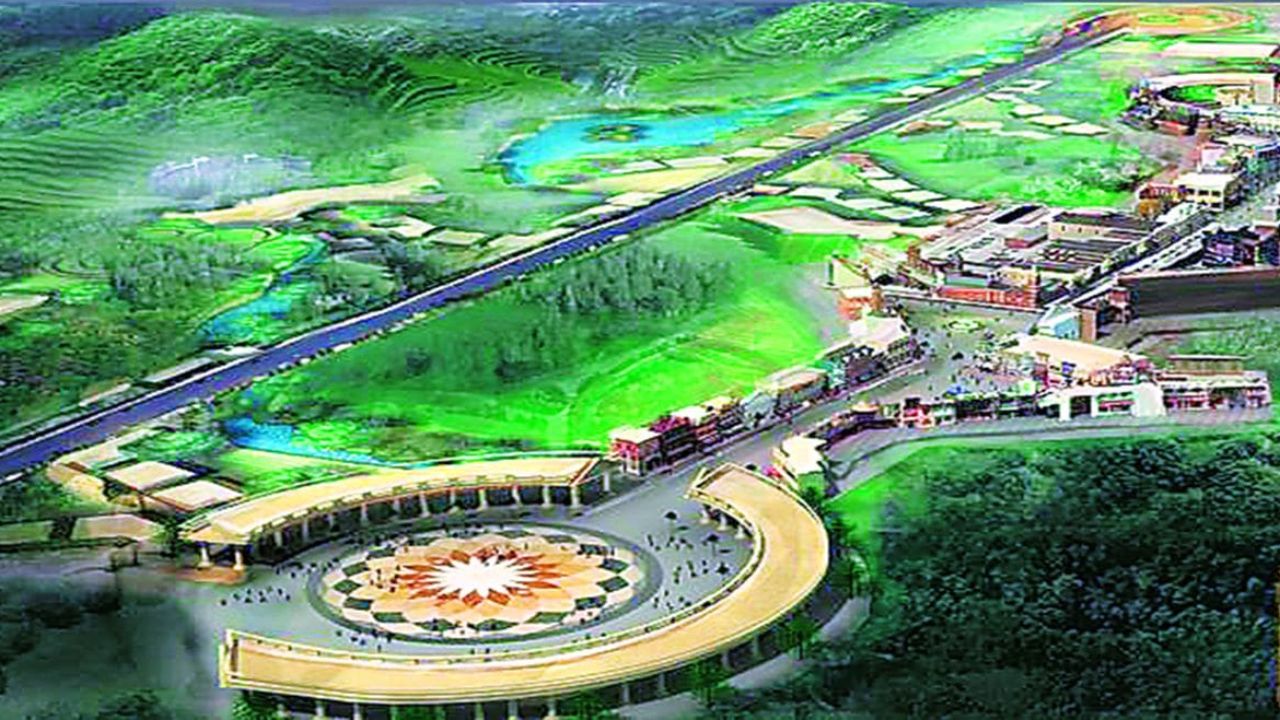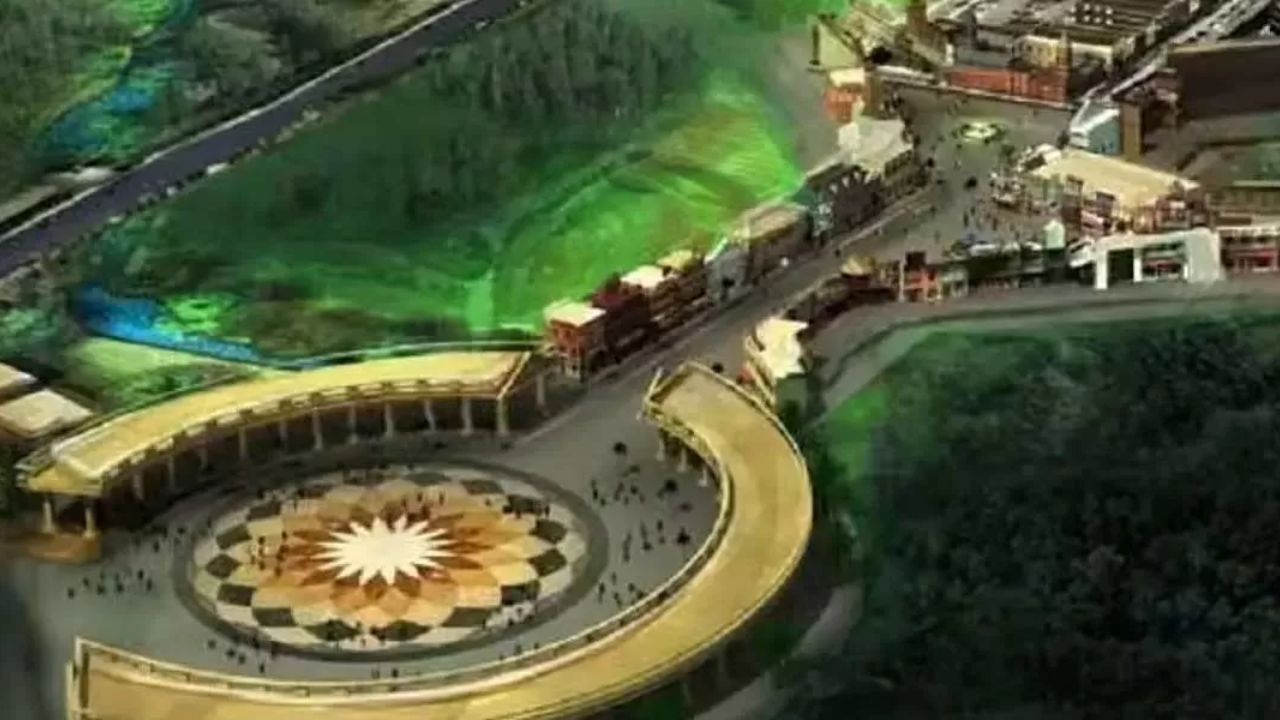The Vision: More Than Just Studios
This Film City is not a mere cluster of studios; it’s a fully planned ecosystem aimed at nurturing the entire filmmaking value chain. The first phase, covering 230 acres out of the total 1000 acres earmarked, will include film studios, air-conditioned shooting floors spanning 40,000–60,000 sq ft each, a comprehensive film institute, training centres for acting, music, cinematography, direction, and technology, and commercial hubs with retail and office spaces.

What Else Will It Include?
Think retail spaces, entertainment complexes, and offices to support both creative and corporate needs of the industry. Another 23 acres (roughly 10% of the first phase) will host industrial and commercial facilities—all aligned with sustainable infrastructure.
And it’s not stopping there. Self-sustainable infrastructure is at the heart of this plan: power grids, water supply, sewage treatment plants, parking, and landscaped areas will be integral. This is the kind of forward-thinking that many current film cities lack.
Why Here, Why Now?
So, why does the UP government think Yamuna Expressway’s Film City can work? Decentralization is the only way forward for India’s film industry.
Enter Yamuna Expressway: a greenfield location with world-class infrastructure, massive land parcels, and the upcoming Jewar International Airport just around the corner. Together, they offer an opportunity Mumbai simply can’t match anymore.
The UP government’s strategy is to attract talent that usually migrates to Mumbai, by providing an equally good — or even better — environment to work, live, and create cinema. If successful, this could not only decongest Mumbai but also transform UP into a film production powerhouse.

Location Advantage
For those unfamiliar with the geography: the Film City site is about 60-70 km from Central Delhi – roughly 1.5 hours by car.
Jewar Airport: The Game-Changer?
Let’s talk about why Jewar International Airport is the real secret sauce behind this Film City plan. With direct Mumbai connectivity, actors, technicians, and film crews can fly hassle-free. OTT platforms and international productions can set up shoots more conveniently than ever before. Expensive equipment won’t have to be transported all the way from Mumbai or Hyderabad – Jewar’s cargo terminal will handle global imports directly.
Can It Really Be Executed?
Here’s where reality often bites: India has seen many grand announcements fade into oblivion due to lack of execution. But Yamuna Expressway’s Film City’s execution plan has two major strengths: Boney Kapoor and Bhutani Infrastructure.
Boney Kapoor, a veteran Bollywood producer, brings deep knowledge of how film production actually works — he understands the needs of filmmakers, the gaps in current infrastructure, and the kind of environment creative professionals need. They have strong relationships with DA and UP authorities, and a solid track record of delivering millions of square feet.
Together, this duo brings the perfect mix of industry expertise and construction capability. This partnership makes the project’s success far more likely than other paper-only announcements.

The Big Questions
Of course, challenges remain. Will filmmakers actually move out of Mumbai? Will talent trust a new ecosystem?
The answers depend on how quickly and effectively Phase 1 is executed. If Boney Kapoor can leverage his network to bring in big names and projects, the ecosystem will kick off.
Of course, challenges remain. Convincing production houses to shift operations outside Mumbai won’t be easy. Building trust in a new ecosystem will require quick execution, world-class infrastructure, and the ability to attract big names to start filming here. But the greenfield advantage — where everything can be built from scratch with modern needs in mind — is Yamuna Expressway’s Film City’s biggest strength.

Conclusion
Yamuna Expressway’s Film City could serve as a real alternative to Mumbai's film industry. Thanks to its convenient access via Jewar Airport, cutting-edge infrastructure, and a progressive environment designed to draw filmmakers, this initiative by the UP government may actually decentralize India's cinema industry. Nevertheless, its success will rely heavily on prompt implementation, establishing trust within the industry, and fulfilling its promises.



.png)
.png)
.png)




